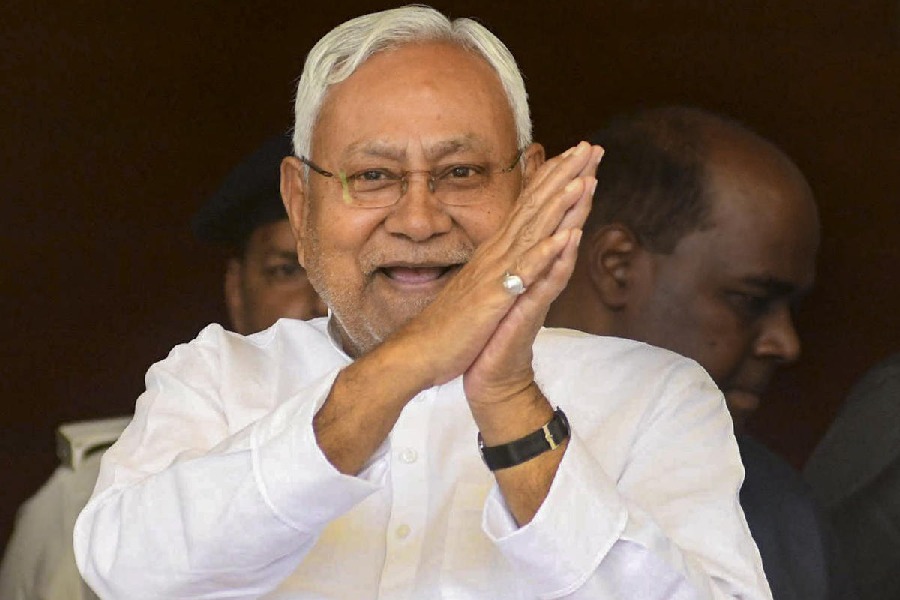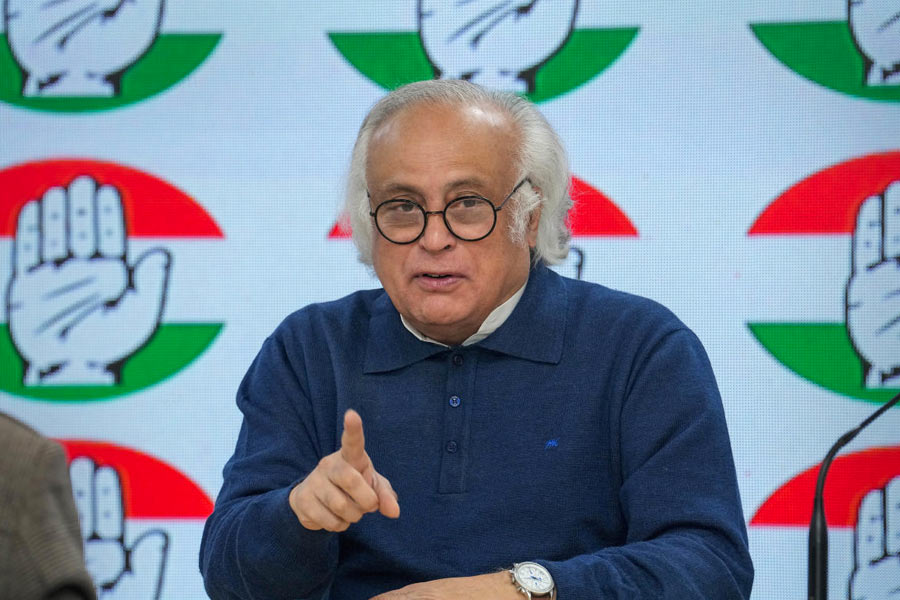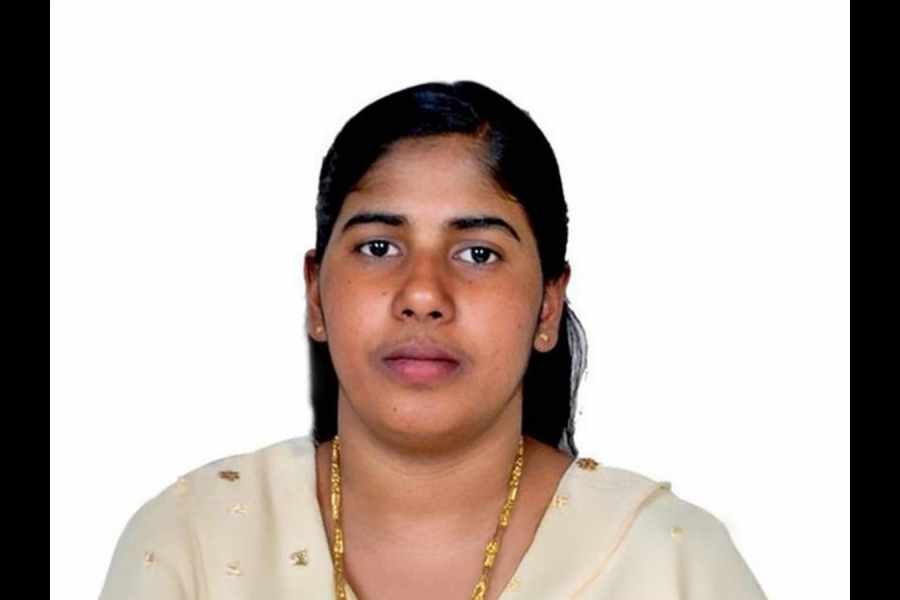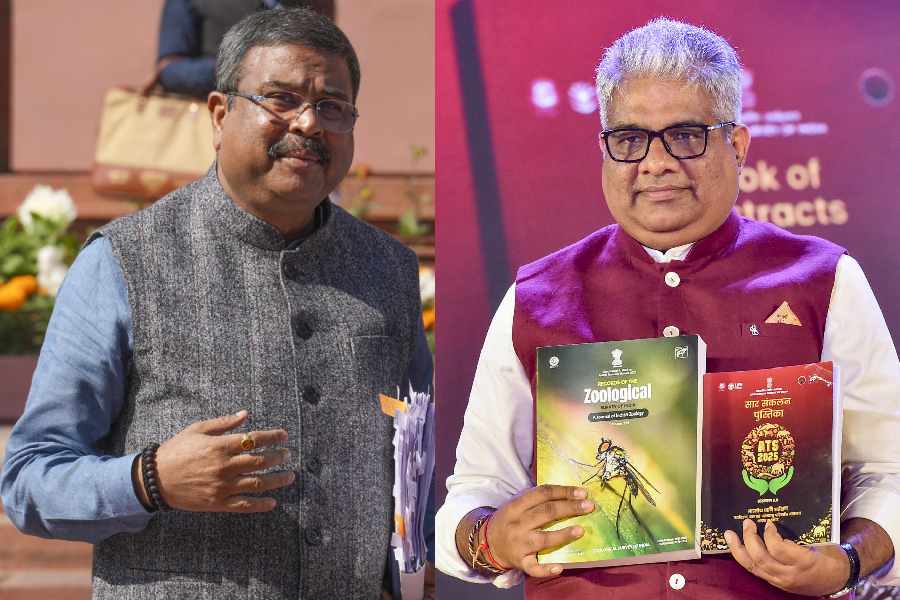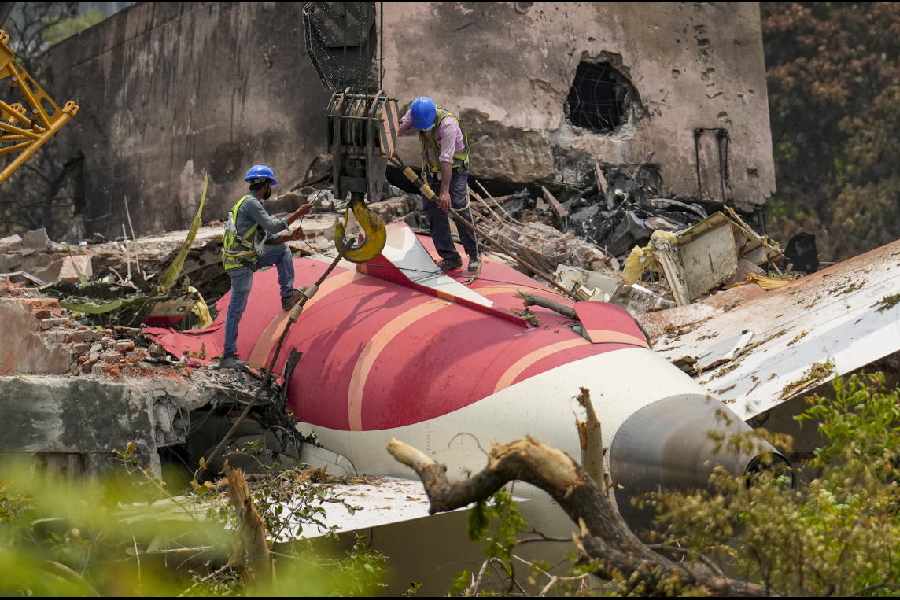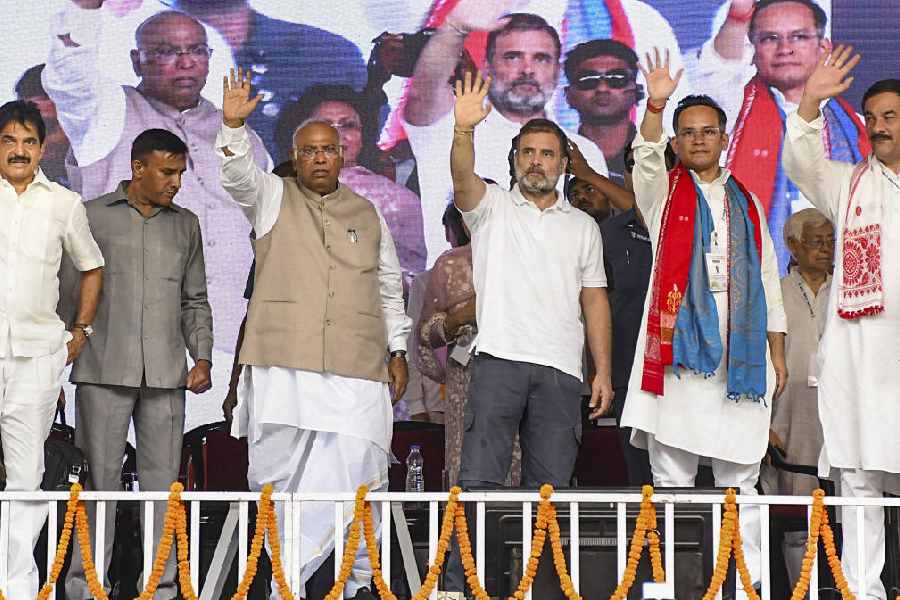 |
| Rahman in Chennai on Wednesday. (PTI) |
Chennai, March 12: A.R. Rahman is wielding a different baton. The maestro will shortly set up a music school to groom Indian talent, which will be the first step in his dream to create a symphony orchestra of a different kind.
The school — Rahman prefers to call it a conservatory — will begin classes from June and will hire teachers from India and abroad.
Addressing a news conference here, the composer said he wished to make Indian musicians more professional and make them “sensitive” to western musical modes and the latest technological innovations.
The school will be christened KM Music Conservatory (KM standing for Kosmic Music).
Rahman said he had been toying with the idea of a full-fledged symphony orchestra in India for some time. Indian composers, he pointed out, now have to go to places like Prague, London or Birmingham to find orchestras to record with. A symphony orchestra will eliminate that hurdle, he said.
Even countries like Bahrain and Iraq had their national symphony orchestras and it was high time India also had one, Rahman said. “This idea has been firing me for the last 10 years. I have now decided to take the plunge,” the composer, hailed as the Mozart of Asia, said.
At present the only functional symphony orchestras are the Delhi Symphony Orchestra and the Symphony Orchestra of India, based in Mumbai. Both Calcutta and Mumbai boasted of symphony orchestras in the first half of the 20th century.
A symphony orchestra consists of approximately 100-120 members comprising families of string, woodwind, brass and percussion instruments.
Sharmistha Barrow, pianist and teacher who has taught in the Calcutta School of Music and performed with the Calcutta Chamber Orchestra, said the basic problem for Indian music to be performed by a symphony orchestra is the difference in structure. Western classical music and its instruments are mathematical and the music is written for all the various instruments to come together and harmonise. In Indian classical music one particular instrument is fine-tuned to play and improvise on a single raga.
The symphony orchestras in India, as with those in the West, usually play western classical music, but what Rahman plans is to have an ensemble which will allow Indian musicians a platform to write their own music, which could be a blend of East and West.
This means that composers like Ilayaraja can now write music for an Indian orchestra. Ilayaraja is the first Asian to compose a symphony for the Royal Philharmonic Orchestra of London.
Rahman said classical Indian music — both Carnatic and Hindustani — had become extremely insular in that it was not absorbing the innovations being carried out in the West. The “conservatory”, he said, would ensure that budding Indian musicians had greater exposure to the musical traditions abroad.
KM Conservatory will offer “preparatory, foundation and diploma courses” in instrumental and vocal music, both Indian and western, besides music technology.
Any student interested in music can join after completion of Plus II, but the total intake has been capped at 150.
Rahman, who will himself conduct special classes, will rope in musicians such as Ustad Ghulam Mustafa Sahib and violin maestro L. Subramanian as advisers. The school will offer a two-year diploma course after an initial “foundation programme” that will be flexibly structured.
The conservatory will operate from two buildings next to Rahman’s studio in Kodambakkam in Chennai. Next year, Rahman plans to have a three-acre campus outside Chennai ready to house the conservatory with classrooms, a concert hall, a recording studio and residential facilities for faculty and students. He declined to go into the project cost or the fee structure.
Discussions are also under way with the University of Madras to consider conferring “deemed university” status to the conservatory, Rahman said.





